Alive Water
The Importance Of Water Purification
We consume water daily but we don’t take the time to consider just where this water comes from. Most of the water supply across the world has a number of problems that affect its quality and natural life-giving properties.
Common water-related issues include high amounts of minerals and chlorine, contamination, bacteria, pH imbalance, mineral buildup, poor taste, unpleasant odor…
On top of these, Waterborne diseases are still present and cause many illnesses and deaths every year. According to the Centers for Disease Control and Prevention, in 2014, 17 different water pathogens caused 6,630 deaths in the United States.
With all these in mind, the importance of water purification is relevant as ever.
This article will dive into why you should purify water, the benefits of water purification, and the best methods of water treatment.
Without further ado, let’s dive into the importance of water purification.
Sources Of Water That Need To Be Purified
Water sources vary around the world but we can break them down into 5 main ones, which are the following:
- Municipal Water;
- Ground Water (also referred to as well water);
- Surface Water (lakes, streams, rivers, etc.);
- Rain Water;
- Sea Water.
Out of these 5 types of water supply, municipal water is considered safest as it goes through rigorous treatments. Moreover, municipal water has to be in compliance with certain standards that are set by the government.
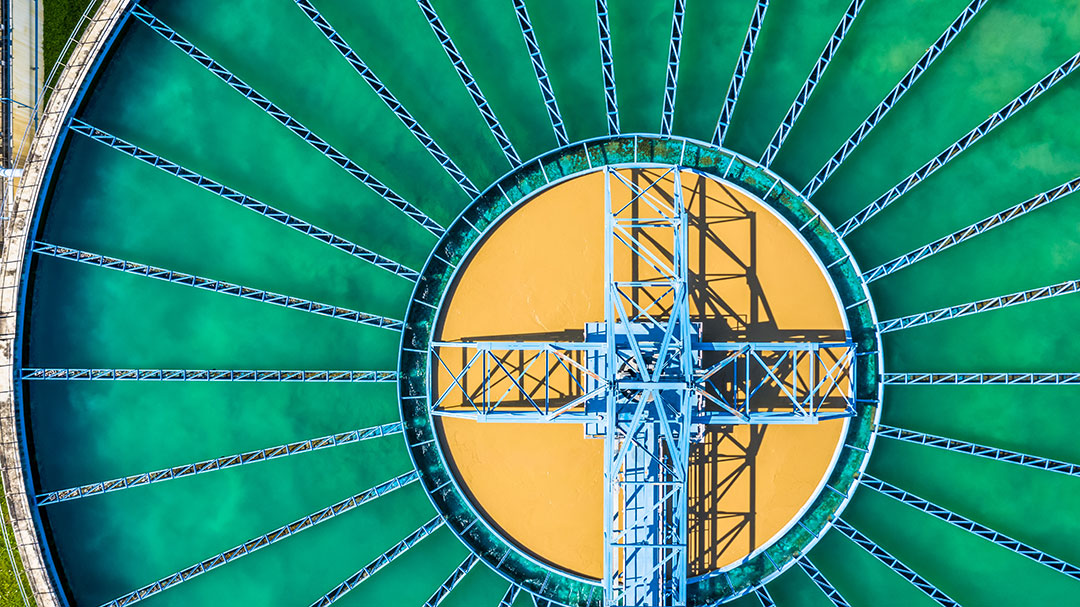
With that in mind, this water supply can have problems such as high mineral content, excess chlorine, and bacterial contamination. What’s more, municipal water supply goes through the treatment processes that strip its natural properties by disturbing water’s molecular structure. Therefore, you can’t rely too much on municipal water supply; so implementing some kind of water purification method can be beneficial.
If you get your water from the other four sources (although the chances that you’re using seawater for daily consumption are very slim), water purification is a must to ensure safety.
Of course, you can always buy bottled water, however, it is costly and non-eco-friendly, if continuously purchased. Therefore, investing in a home water treatment to purify the water that is supplied to your household is undoubtedly a smarter approach.
Health Benefits of Drinking Purified Water
Drinking safer and better quality water will ensure that you and your family do not face health inconveniences due to the water supply. But the health benefits of treated water do not end there as it offers more than just eradication of water pathogens.
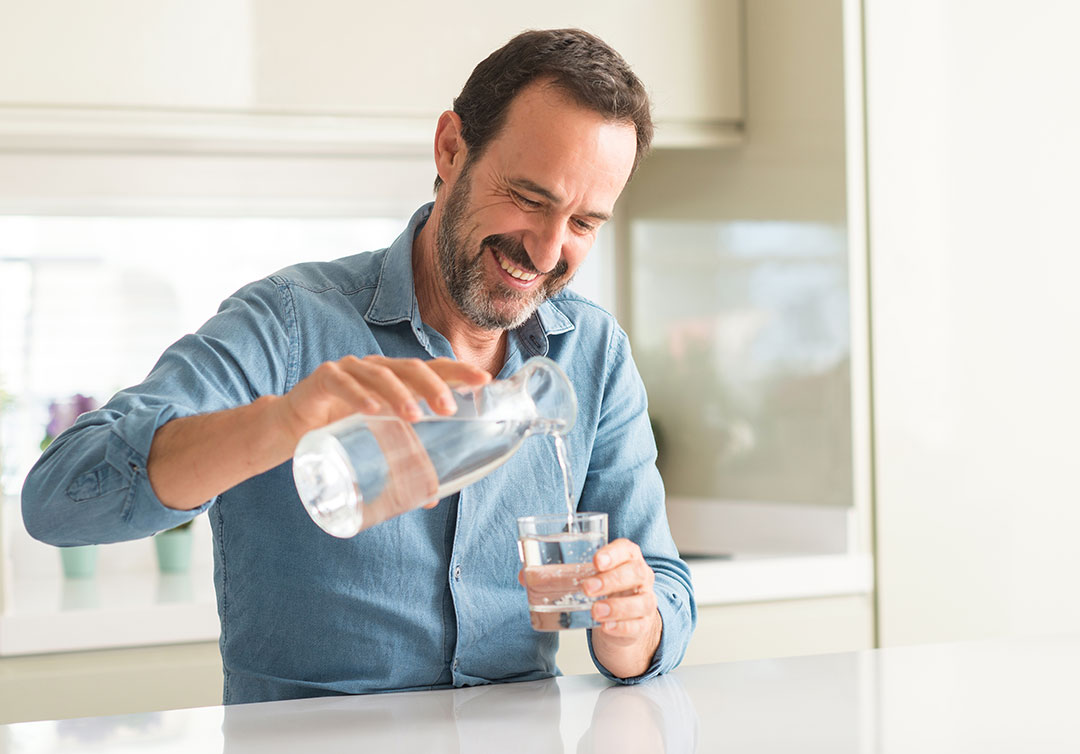
Some of the most prominent health advantages of drinking purified water include:
- Better absorption;
- Enhanced hydration;
- Improved metabolism;
- Reduced skin and scalp irritation;
- Healthier hair;
- Elimination of toxins.
So, in short, water purification is definitely worth the investment.
Methods of Water Purification
Now let’s discuss different options of water purification, from simple methods to innovative treatment solutions.
Boiling
Boiling water is one of the simplest but effective ways to purify your water. After bringing the water to boil, keep it boiling for a couple of minutes to ensure all germs and bacteria are gone. This is one of the cheapest methods of water purification but is a little redundant when dealing will large bodies of water. It might be the best alternative for immediate use but not the best option for long-term water purification.
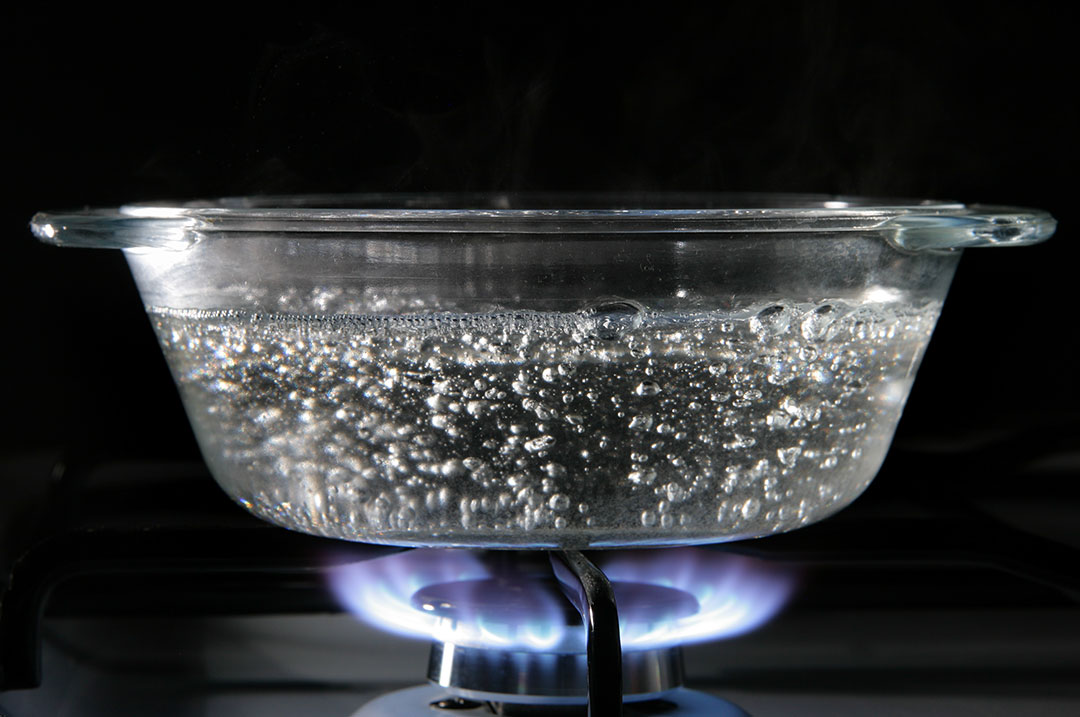
Distillation
Distillation as a means to water purification is the act of collecting water, turning it into vapor by boiling it, and then cooling it back to liquid. After the water is turned into vapor, it is then collected and cooled down back to its liquid form. This separates water from other substances as water has a lower boiling point in comparison to contaminants.
This is effective in eliminating bacteria, germs, and varying heavy metals. This is a great method but does come with some drawbacks. Firstly, it is a slow process overall, moreover, it is quite costly due to large heat source requirements. Hence, it is ideal when treating a small quantity of water.
Water Filters
New and innovative water filtration systems are continuously coming out on the market. Depending on the water filter type, filtering and purifying water can be both simple and cost-effective. There are different mechanisms to water filters, such as Carbon-based filters or Reverse Osmosis filters.
Let’s dive further into each of these water filtration systems below.
Popular Filters For Water Purification
Sediment Filtration
Sediment filtration is one of the most basic filtration systems out on the market. Although considered rudimentary, it still is quite useful and comes with benefits that fit certain households.
Sediment filtration works through varying micron pore sizes, through which rating the sediments are filtered. For example, if the sediment filter has a micron with a rating of 5, then it will filter out all substances that are either larger or the same size as the rating, which in this case would be 5. And keep in mind, for the rating system, the lower the number the more substances will be filtered out.
These filters are quite common due to their low costs and easy accessibility but there are certain drawbacks to consider. Sediment filters usually need to be combined with other water filters since the Sediment filter will only filter out substances with a micron size of 1. Smaller substances would still be present in the water after filtration, thus it is advised to combine it with other more advanced filters.
Granular Activated Carbon (GAC) Water Filter
GAC water filters, as the name would suggest, are based on carbon as means of water filtration. It works through the raw organic carbon material, the surface of which is heated to activate the carbon. This removes unwanted chemicals, pesticides, and VOCs. There are varying brands and makes which cater to specific needs depending on the make.
GAC filters are highly recommended but fall short due to their inability to remove iron and nitrate from water. Once again, due to this other filters might need to be used in conjunction to avoid such problems.
Reverse Osmosis Filters
One of the most coveted and advanced water filtration systems on the market is reverse osmosis filters. RO filters are extremely popular due to their ability to remove 99% of water contaminants!
RO utilizes pressure to remove water substances, as water is pushed through a semipermeable membrane using pressure. Once water passes the membrane, the water contaminants are removed and water is ready for consumption use.
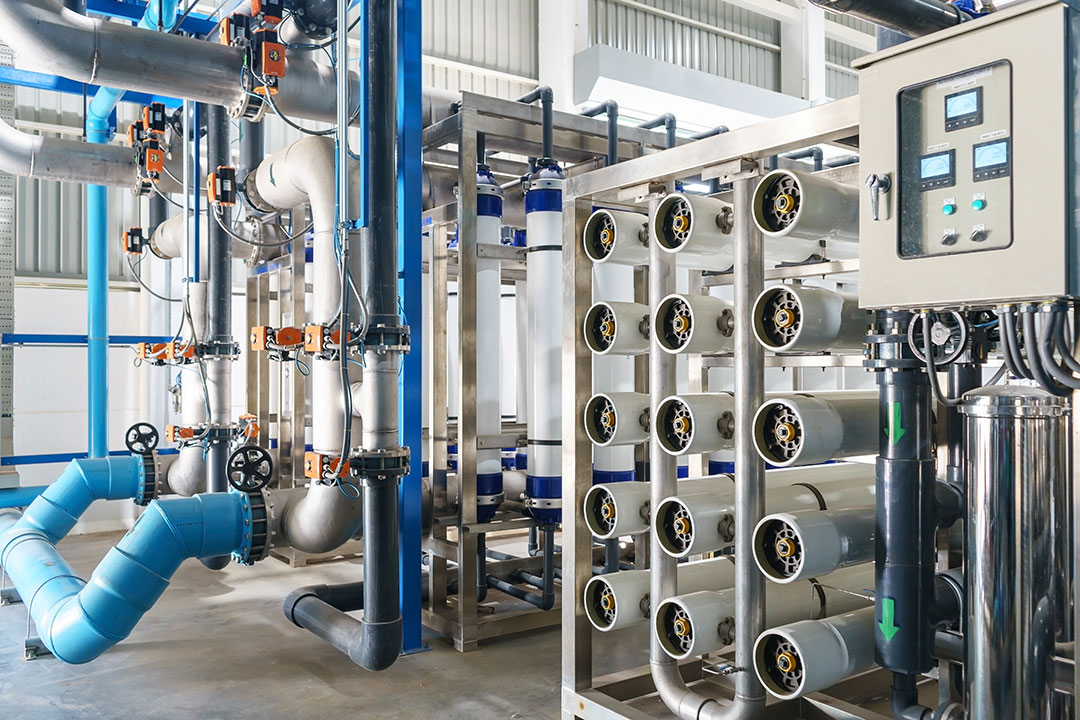
RO is highly coveted for a reason, as it is great at purifying and filtering the water but what’s the catch? The high cost. RO is expensive and unrealistic for an average consumer to purchase and upkeep. Another drawback with RO filters is that it is unable to distinguish between the essential minerals and unwanted water contaminants. Which is not always beneficial for everyone.
What Are The Alternatives To Reverse Osmosis Water Filters?
As we discussed above, Reverse Osmos filters are one of the most valued water filters, but not everyone can afford one. And others value essential minerals present in water that is removed through RO.
So what is another option? You guessed it – Utilizing vortex treatment for water purification!
The Vortex Water Revitalizer™ – Treating Your Water With Care
The Vortex Water Revitalizer™ is a vortex water treatment solution that allows you to treat and purify water at home. This is an innovative, natural, and cost-effective way to purify your water, as it is specifically designed to consider water’s natural structure, allowing it to be purified without stripping it from its qualities.
The Vortex Water Revitalizer™ creates this effect by mimicking the natural flow of water through nature, putting it through vortexing motion. This helps re-establish the natural micro-clustered molecular structure within the water. The restored structure of water allows it to regain its self-cleaning properties, increase dissolved oxygen levels, balance pH, and much more.
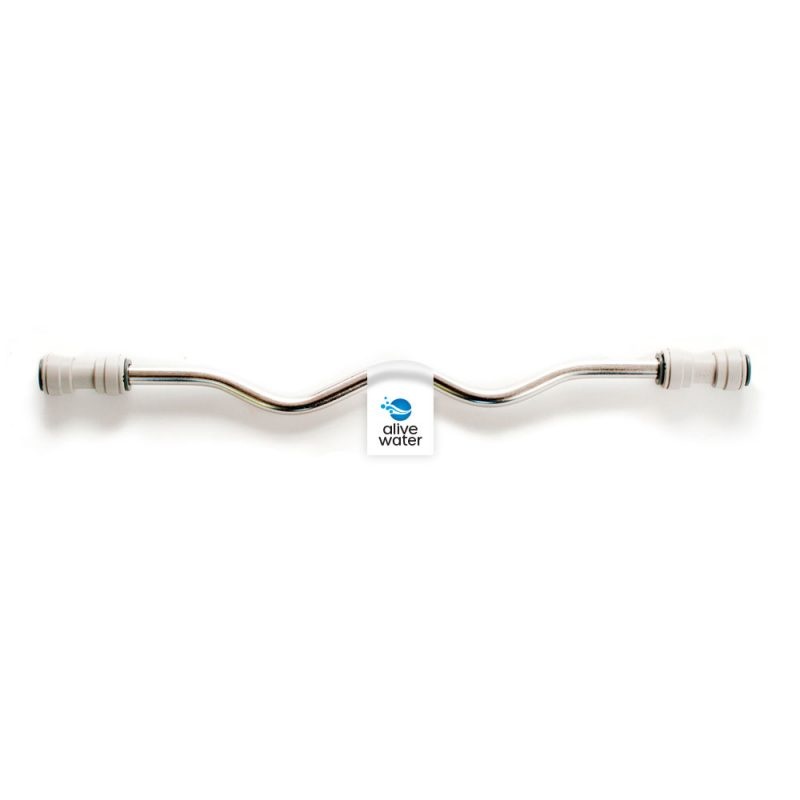
Remove Bacteria & Viruses
Due to the restored self-cleaning properties as a result of restored molecular structure, all unwanted contaminants are eradicated. With continuous self-cleaning properties and the elimination of bacteria, viruses, and undesired substances, the water becomes more resilient and of higher quality. This process removes all contaminants but allows the water to retain its essential minerals.
Restored Natural pH Levels
Having the water at optimal pH levels of 6.5 and 8.5 is vital as it avoids disrupting your body’s metabolism as well as rid of rusting and corrosion issues with sinks and appliances. The Vortex Water Revitalizer™ not only balances the pH but it has been proven that the pH levels continue to fall between optimal levels of 6.8-7.2.
Reinforced Hydration
Due to the change in the hexagonal micro-cluster within the water, it can penetrate tissues deeper and hydrate even further. Therefore, it is easier for the body to absorb the water and leads to optimal hydration; thus, the body, skin, and hair all become more hydrated.
Added Benefits
The Vortex Water Revitalizer™ not only offers you great health benefits but also provides all customers with a 10-Year Limited Warranty alongside the 60-Day Money-Back guarantee. This ensures your satisfaction!


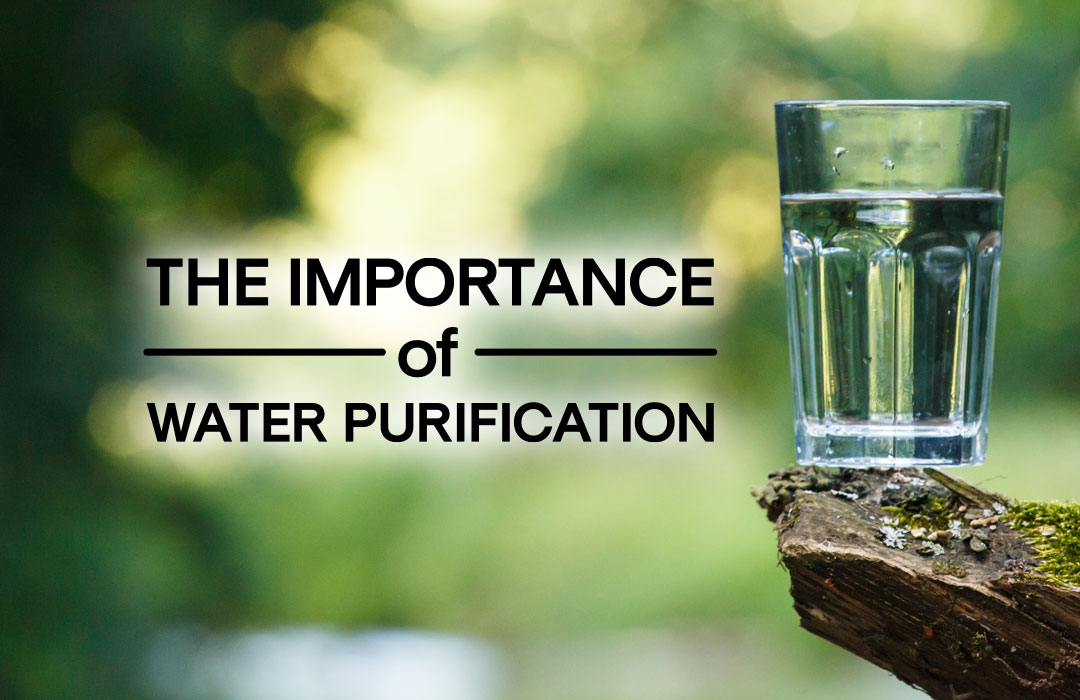
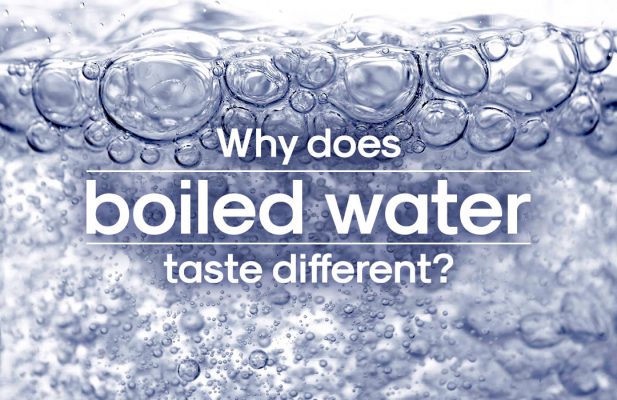
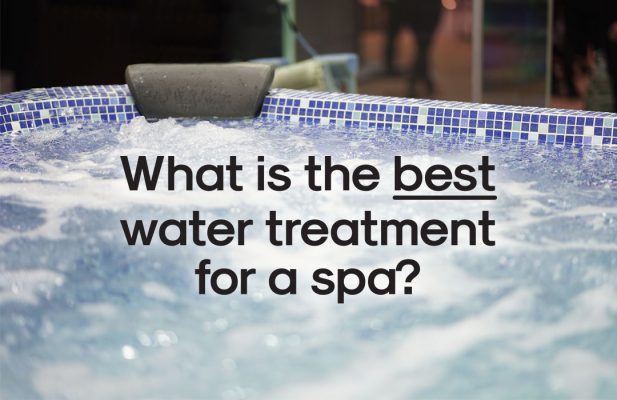
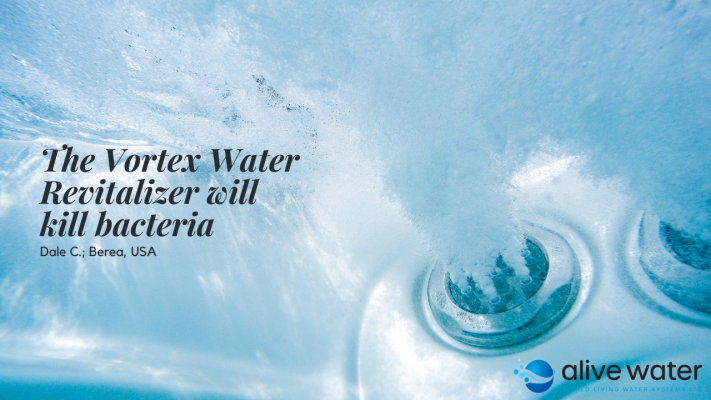
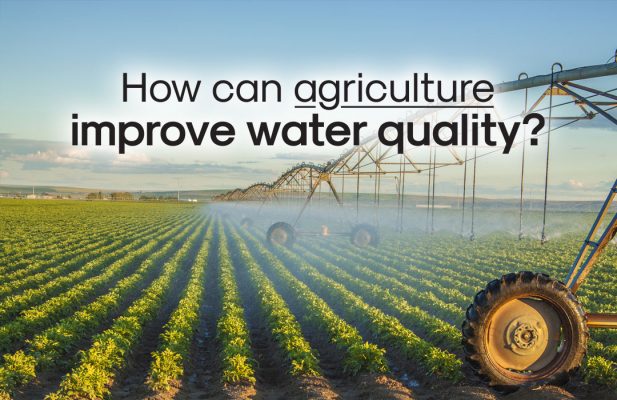
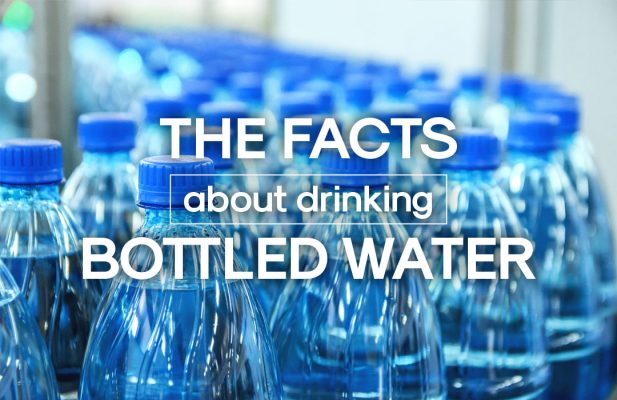
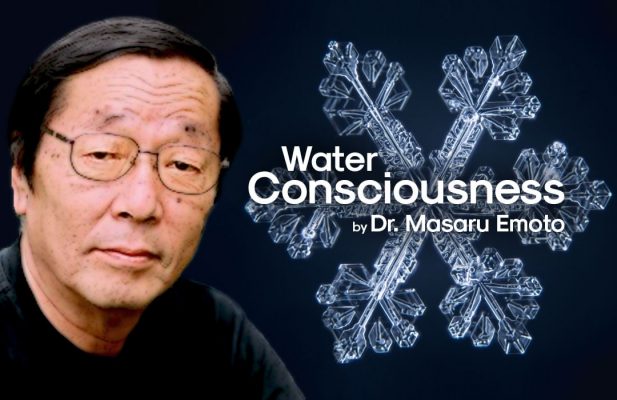
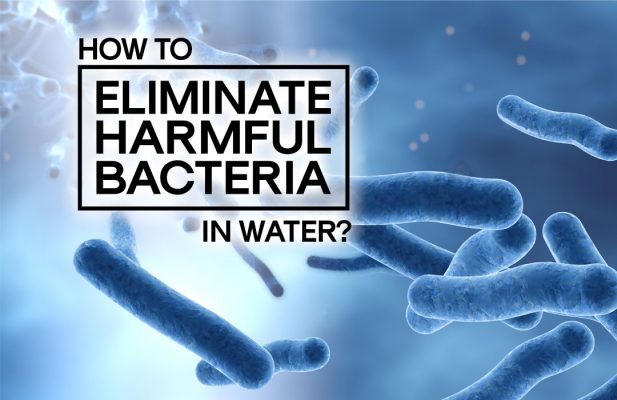
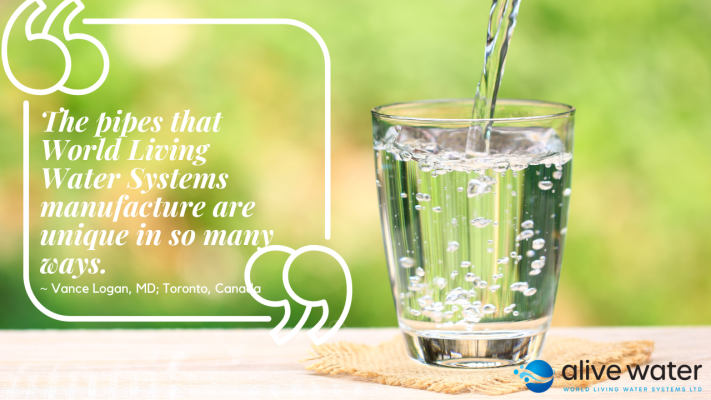
What about heavy metals does it remove these ?
Thank you for your question, Barbara! Yes, once vortexed heavy metals are also removed.
I’m so excited to learn more!
Do you have any lab tests on record?
Hello Arden, thank you for your question. Glad you are interested in vortex water. You can find lab tests and other research on our research page here: https://www.alivewater.ca/research/